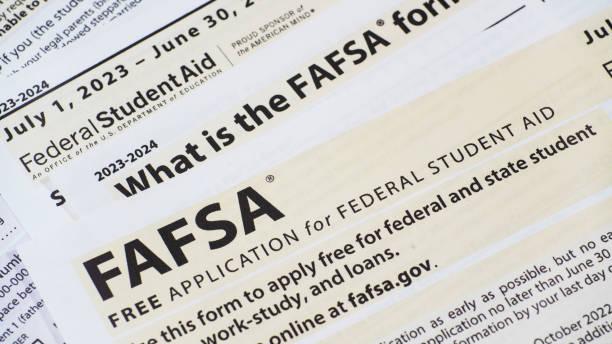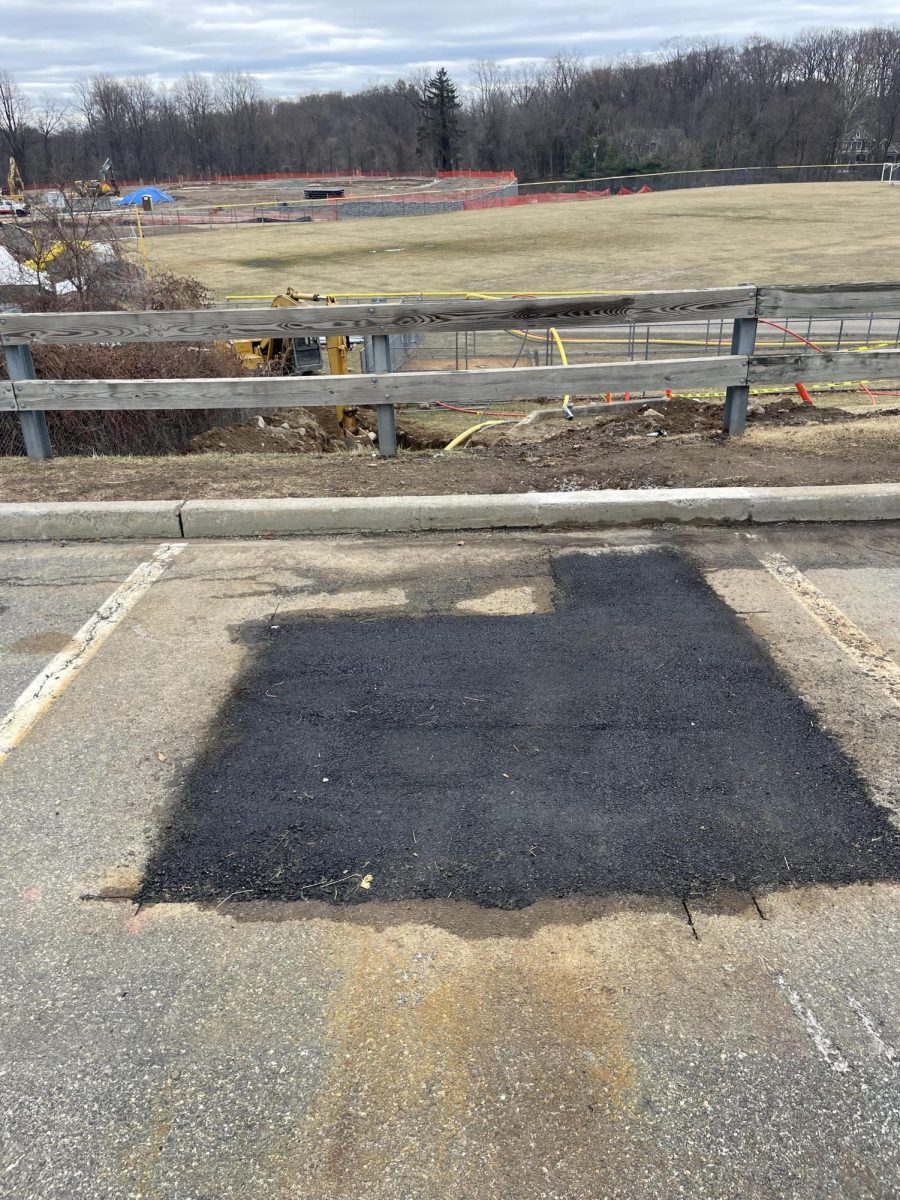FAFSA, the Free Application for Federal Student Aid, was created in 1992 as a standardized federal aid form for prospective university students in search of aid. When Congress reauthorized the HEA, the Home Equity Agreements, they stated that the goal of FAFSA and similar government-funded programs was to alleviate stress and create equal opportunities for students aiming toward higher education. Each year, the FAFSA for the following academic year opens on October first and is due on June 30th.
In 2020, the FAFSA Simplification Act was signed into law. The act was meant to expand the Federal Pell Grant to more students and link eligibility to both the federal poverty line and the applicant’s family size. To accommodate this change, however, the application had to relaunch. This relaunch sought to make the process smoother for students and their families, along with increasing eligibility for financial aid for low and middle-income students. Since having been redesigned, the U.S. Education Department estimates that around 7 million students have submitted the new form. Shorter than prior, the new FAFSA can contain as few as 18 questions, a disparaging difference from the 103 presented in the past.
Although the reform was optimistic, it led to intense scrutiny and concern among students and parents. To determine financial aid eligibility, all students needed to file the form, but the FAFSA’s updates made that nearly impossible. Be it from its late release of the updated form, miscalculations and technical errors within it, or the major delays at colleges nationwide, FAFSA has effectively fallen behind on its intentions, unintentionally heightening the divide for low-income students instead of bettering it. Without the security of the application, economically disadvantaged students were required to scramble for financial aid, jeopardizing their college aspirations. According to USA Today, in March, when the FAFSA issues were worse, schools that served the lowest-income students experienced a decrease in completed applications, amounting to a 48% drop in processed applications. On the other hand, schools with high-income students only saw a 34% decline, averaging a decrease of 40%.
The lack of clarity around FAFSA can, and has, placed unneeded stress on students and impacted their mental health and wellness. Senior Isabella Rivera was heavily impacted by FAFSA’s alterations, stating “Higher education isn’t cheap, and with the tons of information you need to provide and the steps you need to follow, it’s a daunting process. So, with the delays, it’s like pulling teeth.” For Rivera, her dream school was too expensive to consider without the aid. “I was terrified that FAFSA wasn’t going to give me enough financial aid to be able to attend,” she confesses. “When I finally got the estimate of the aid I would receive, it wasn’t what I needed. I had worked so hard to get accepted, and after all that, it felt like I might be unable to go because of the cost. It was an awful and overwhelming feeling.” Like Rivera, many high school seniors around the country have been left to make quick plans for the following school year, with many students finding out how much aid they qualify for months after they need to. The delay is expected to affect over 17 million students, more than three-quarters of the 22 million college students in the United States.
While the FAFSA situation is weary and unpredictable, it poses an opportunity for students and their families to reflect on the current American financial system and brainstorm creative ways to mitigate the problem. Although scholarships do not solve the issue, situations like these show the importance of preplanning initiatives—both on behalf of the students and the Department of Education—and applying to scholarships and contests when they are available.





